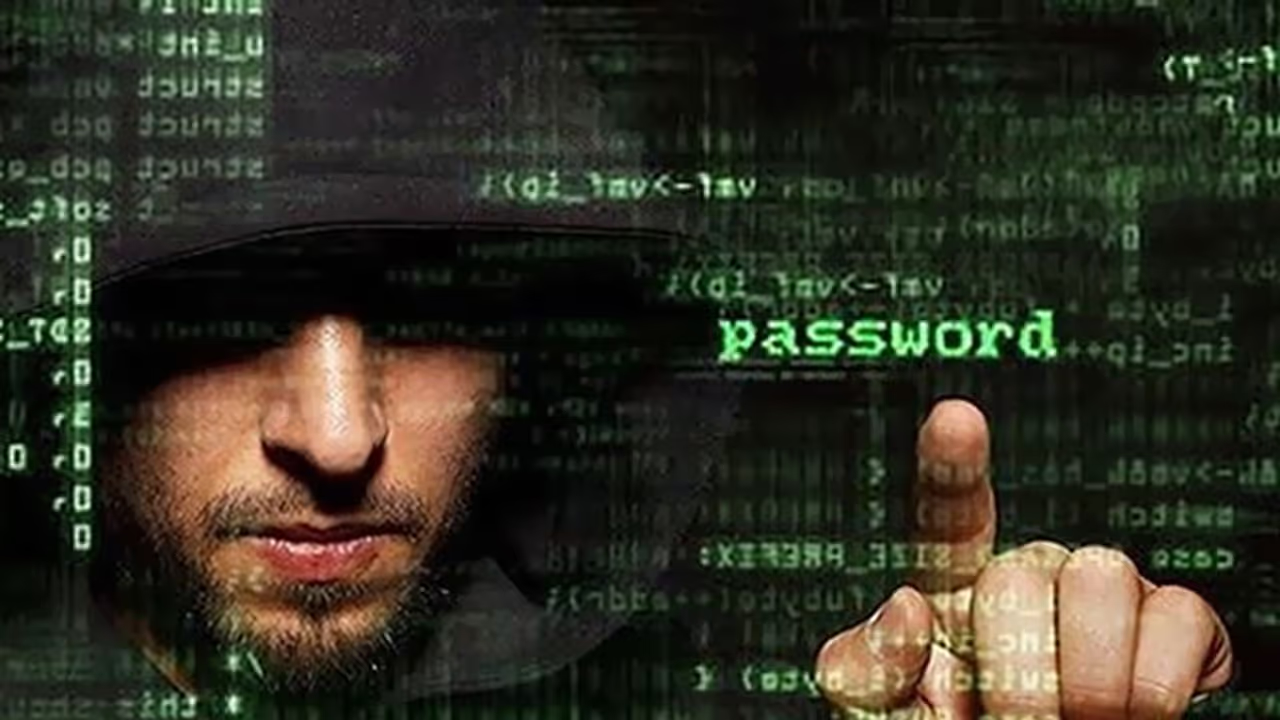India ranks fourth globally among the countries most affected by ransomware The ransomware is a type of malicious software that infects a computer and restricts users' access to it until a ransom is paid to unlock it Avoid clicking on links or opening attachments or emails from people you don't know or companies you don't do business with

Nearly hundred countries, including India, were hit by a massive cyber attack which experts said was carried out with the help of "cyber weapons" stolen from the US' National Security Agency.
The cyber attack was first reported from Sweden, Britain and France, US media outlets reported. An increase in activity of the malware was noticed on Friday, security software company Avast reported, adding that it "quickly escalated into a massive spreading".
Did you know? India ranks fourth globally among the countries most affected by ransomware. Within hours, over 75,000 attacks have been detected worldwide, the company said. Meanwhile, the MalwareTech tracker detected over 100,000 infected systems over the past 24 hours. Security researchers with Kaspersky Lab have recorded more than 45,000 attacks in 99 countries, including the UK, Russia, Ukraine, India, China, Italy, and Egypt.
WHAT YOU NEED TO KNOW ABOUT THE RANSOMWARE
The ransomware is a type of malicious software that infects a computer and restricts users' access to it until a ransom is paid to unlock it.
#It demands users pay USD 300 worth of crypto currency Bitcoin to retrieve their files, though it warns that the payment will be raised after a certain amount of time.
#The malware spreads through email. Individuals and organisations are discouraged from paying the ransom, as this does not guarantee access will be restored, the USCERT said.
#Ransomware spreads easily when it encounters unpatched or outdated software. A Microsoft spokeswoman said that the company was aware of the reports and was looking into the situation.
#The malware believed to be behind the attacks encrypts data on infected computers and essentially holds it for ransom.
#Known as WannaCry or Wanna Decryptor, the so-called ransomware programme homes in on vulnerabilities in Microsoft Windows systems
#Ransomware can vary from holding treasured family photos, hijacking unfinished manuscripts for novels, and blocking access to tax returns, banking records, and other valuable documents to ransom.
For more detailed information you could check this Microsoft's information on ransomware
The Department of Homeland Security (DHS) said it is actively sharing information related to this event and stands ready to "lend technical support and assistance as needed to our partners, both in the United States and internationally".The DHS has a cadre of cyber security professionals that can provide expertise and support to critical infrastructure entities, it said in a statement.
According to Microsoft's Malware Protection Center, here are the steps you should take to protect yourself against ransomware:
- Install and use an up-to-date antivirus solution (such as Microsoft Security Essentials).Make sure your software is up-to-date
- Avoid clicking on links or opening attachments or emails from people you don't know or companies you don't do business with
- Ensure you have smart screen (in Internet Explorer) turned on, which helps identify reported phishing and malware websites and helps you make informed decisions about downloads
- Have a pop-up blocker running on your web browser
- Regularly backup your important files
